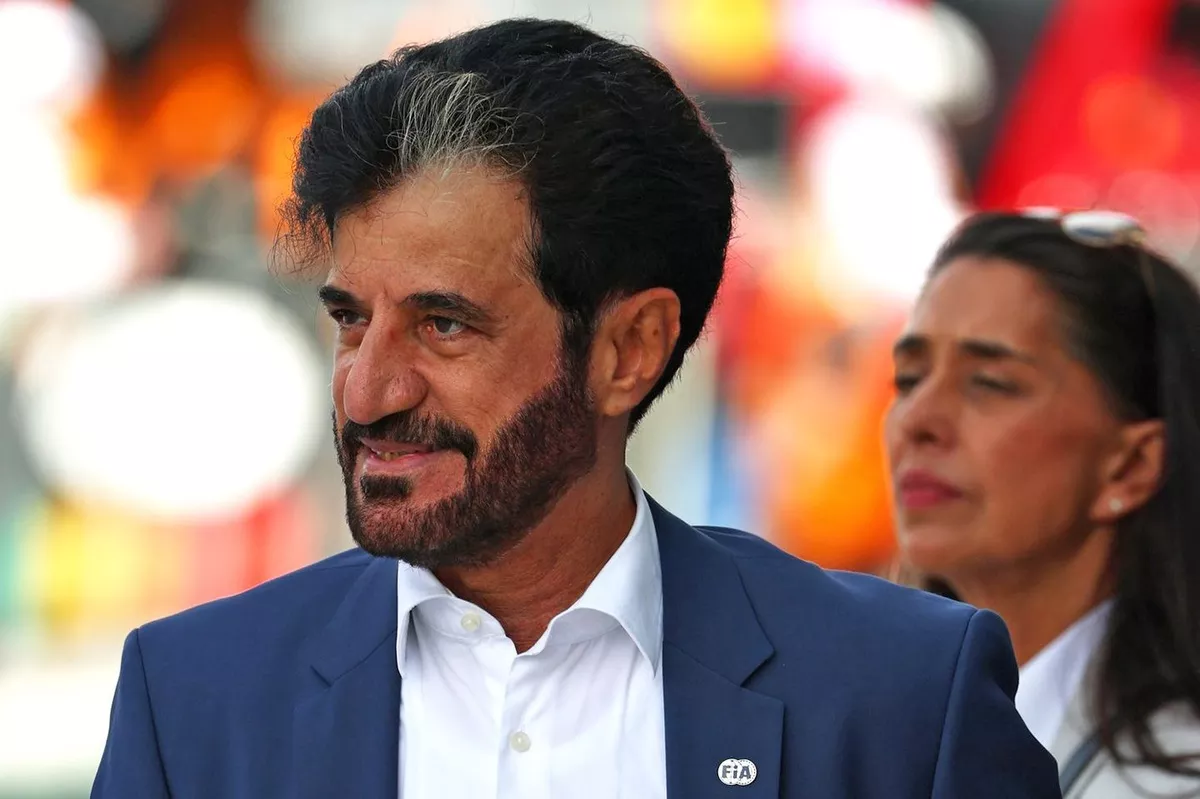
FIA President Mohammed Ben Sulayem Urges Caution on F1 Sprint Expansion
Evaluating the Future of Sprint Races
FIA president Mohammed Ben Sulayem has weighed in on the ongoing discussions about the expansion of Formula 1 sprint races, urging caution despite growing enthusiasm from fans, drivers, and promoters. The 2026 F1 sprint race calendar, announced on 16 September 2025, will feature the 100km sprint format at the Chinese, Miami, Canadian, British, Dutch, and Singapore Grands Prix. Following the calendar announcement, F1 CEO Stefano Domenicali hinted at the possibility of increasing the number of sprint races to ten by 2027. Speaking to Viaplay, Sulayem acknowledged Domenicali’s commercial perspective while highlighting the practical considerations for the FIA staff and the teams themselves. “Commercially, I understand his position. Stefano is a good friend, we speak five times a week, but I also always consider the additional burden on our staff. They already travel a lot, and it’s very tiring to get more races,” Sulayem said. His remarks underline the human factor behind the complex machinery of Formula 1: officials, engineers, and support staff are already under immense pressure, and expanding the sprint format could exacerbate fatigue and operational strain.
Balancing Sporting and Commercial Interests
Sulayem stressed the need to balance the sporting and commercial aspects of Formula 1. “You also have to ask yourself if it’s good for the teams. There are multiple interests at stake. If you only focus on the sporting side, you run into commercial problems and vice versa. Both must be balanced,” he explained. This tension is a familiar theme in motorsport: teams, sponsors, promoters, and the governing body each have different priorities, and a sudden increase in sprint events could create unintended consequences for all parties involved. Sprint race weekends differ from traditional Grand Prix formats in several key ways. They feature just one practice session, followed by sprint qualifying, the sprint race itself, then qualifying for the main race, culminating in the traditional Sunday Grand Prix. This compressed schedule is designed to increase weekend excitement and give fans more action, but it also compresses preparation time and adds extra physical and logistical demands on drivers and teams.
Stefano Domenicali’s Vision for Sprint Races

1 / 1 Oscar Piastri, McLaren MCL38, Lando Norris, McLaren MCL38, Charles Leclerc, Ferrari SF-24, Max Verstappen, Red Bull Racing RB20, the rest of the field on the opening lap Oscar Piastri, McLaren MCL38, Lando Norris, McLaren MCL38, Charles Leclerc, Ferrari SF-24, Max Verstappen, Red Bull Racing RB20, the rest of the field on the opening lap
Despite Sulayem’s cautious stance, Domenicali remains a strong advocate for sprint races. Ahead of the Italian Grand Prix, he explained the appeal of the format. “I have to say that aside from some older die-hard fans, everyone wants sprint weekends. Promoters push for this format and now the drivers are interested as well. I’m being a bit provocative, but free practice appeals to super-specialists; people who want to see more action prefer a sprint weekend. There’s more to discuss and comment on from Friday – there’s a qualifying session – but I understand it has to become part of F1 culture.” Domenicali views sprint races as part of a natural evolution for Formula 1, one that blends traditional Grand Prix structure with additional entertainment value. “The direction is clear: I can guarantee that in a few years there will be the demand to have all weekends with the same format. I’m not saying we’ll get to MotoGP, which has a sprint at every round – that’s too big a step. I see it more as a maturation process that respects a more traditionalist approach,” he said.
The Appeal of Sprint Races
Sprint races are designed to attract fans who want action-packed weekends. With shorter races and multiple qualifying sessions, the format provides more opportunities for overtakes, strategic gambles, and on-track drama. For promoters, sprint races are a compelling selling point, generating higher engagement both at the circuit and on broadcast platforms. Drivers also enjoy the challenge. Sprint weekends test consistency and adaptability, requiring rapid decision-making and intense focus over shorter bursts of racing. The format has been praised for offering younger drivers the chance to shine and for creating unexpected results that add suspense to the championship battle. However, the compressed schedule comes with its drawbacks. Teams must manage increased wear and tear on cars, and any mistakes during the sprint can carry over to the main race, amplifying the consequences of errors. Engineers and mechanics are under more pressure to prepare cars quickly, often with less time for detailed analysis or repairs. The physical and mental toll on all participants is non-negligible, which is why Sulayem’s caution is grounded in real-world considerations.
FIA Staff Considerations
Sulayem’s emphasis on the welfare of FIA staff is a key factor in the debate. Officials are responsible for enforcing regulations, monitoring safety, and ensuring the smooth running of race weekends. Each sprint event increases the workload, travel requirements, and stress levels for personnel who are already operating under high-pressure conditions. Expanding the sprint calendar without addressing these concerns could lead to burnout or errors that compromise safety and race management.
The Future of F1 Sprint Expansion
While the idea of 10 sprint races in 2027 is under discussion, the path forward is far from guaranteed. Stakeholders must weigh commercial benefits against the practical realities of team and staff workloads, competitive integrity, and fan expectations. Sulayem’s cautious approach reflects a desire to preserve the balance that makes Formula 1 both a thrilling spectacle and a professionally sustainable sport. It is likely that any expansion will be gradual, allowing teams and officials to adapt to the increased intensity without compromising performance or safety. The debate between tradition and innovation is central to the sport’s evolution, and the sprint race format represents one of the most visible examples of this tension.
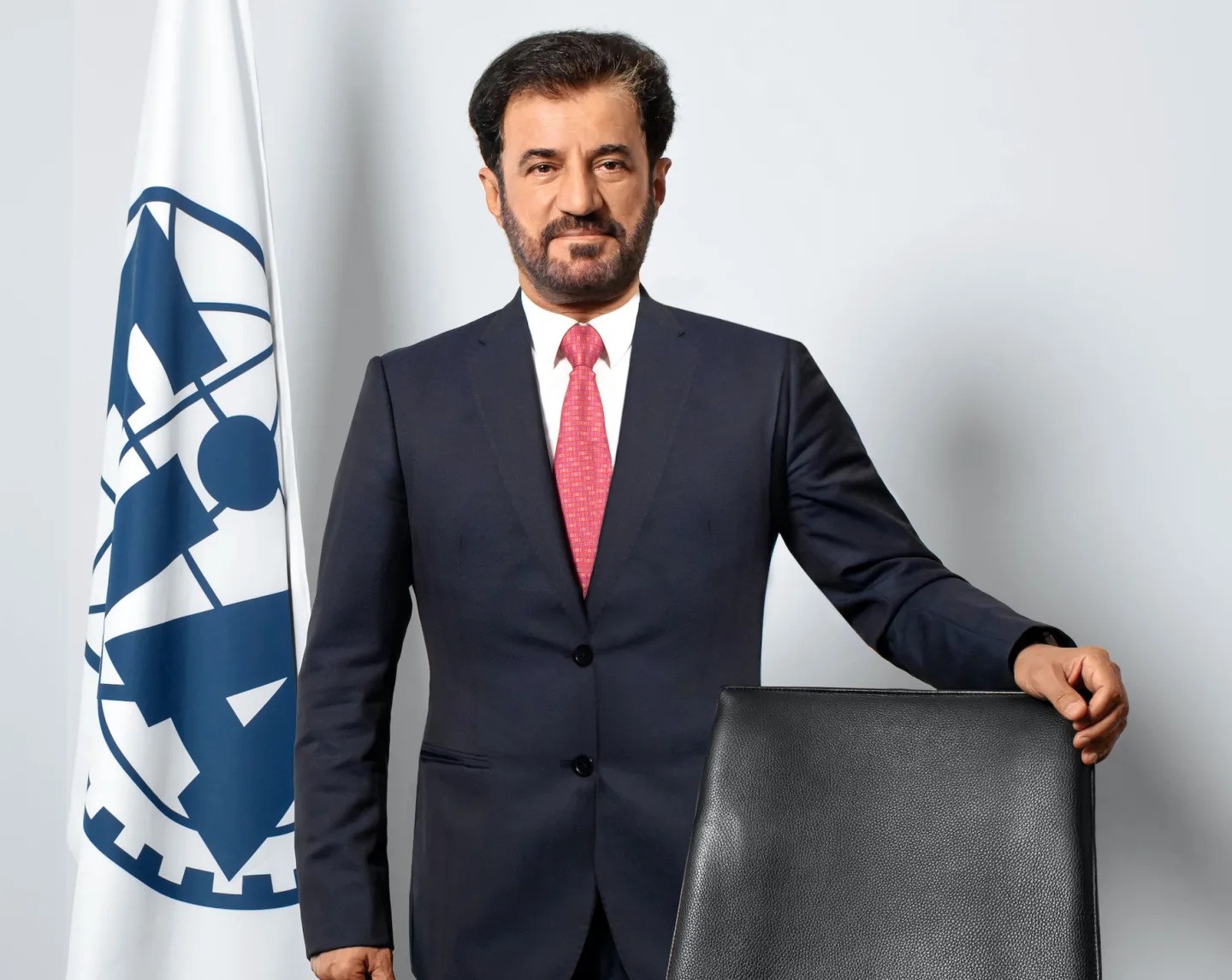
Mohammed Ben Sulayem – FIA president
Conclusion
FIA president Mohammed Ben Sulayem has delivered a measured perspective on the future of Formula 1 sprint races. While acknowledging the commercial and fan-driven arguments for expansion, he emphasizes the importance of balancing these factors with the welfare of staff and teams. Sprint races offer excitement, strategic variety, and entertainment, but they also bring increased demands and risks. The conversation about the number of sprint events in future seasons will continue, but Sulayem’s cautionary stance serves as a reminder that sustainable growth in Formula 1 requires careful consideration of all stakeholders involved.



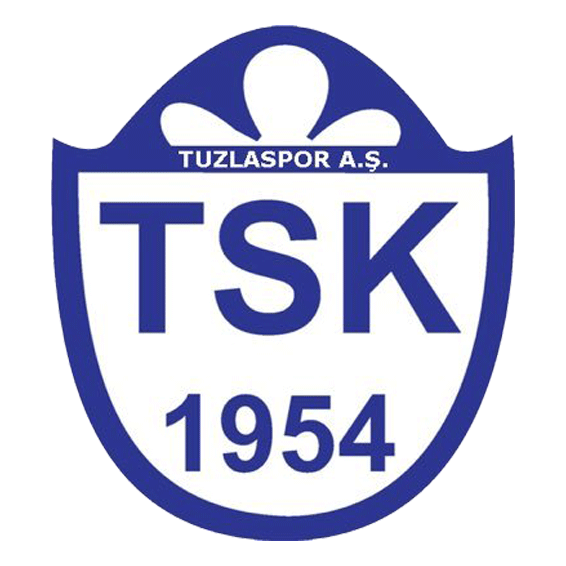
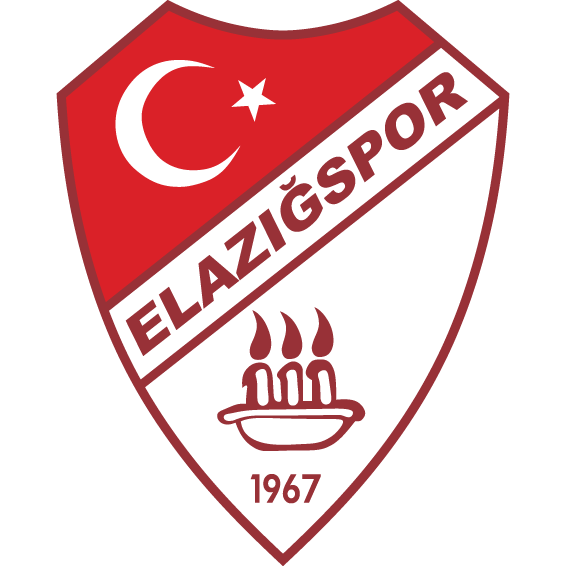

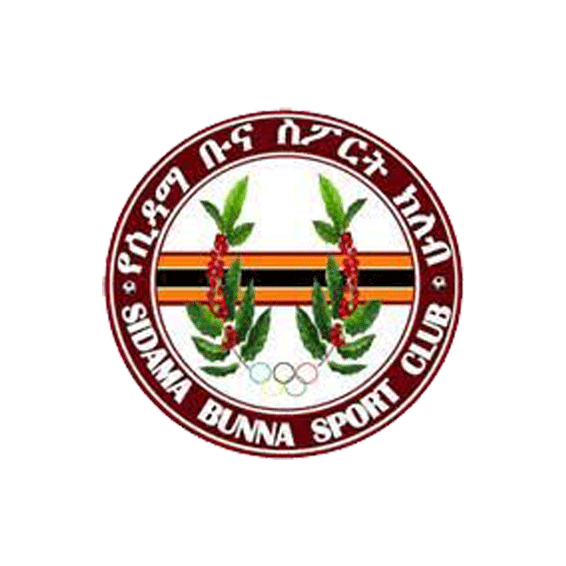

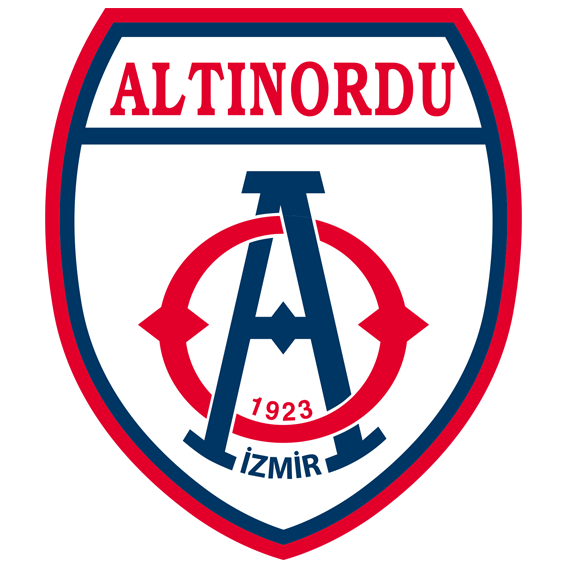




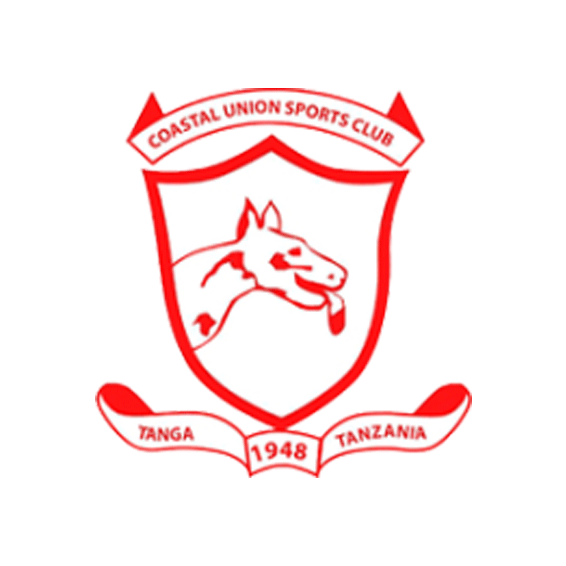
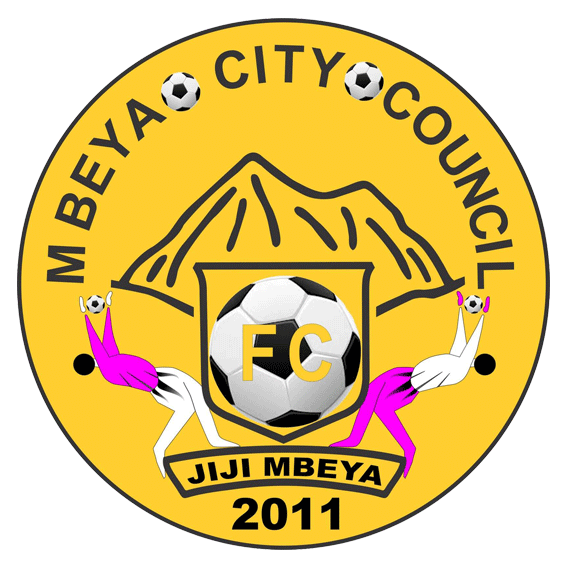



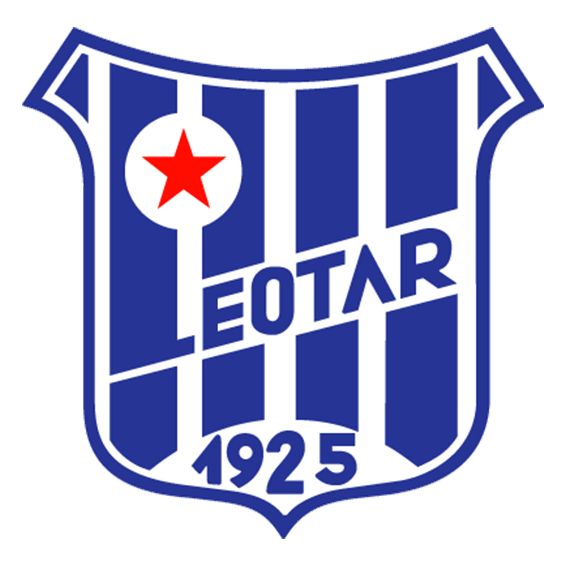
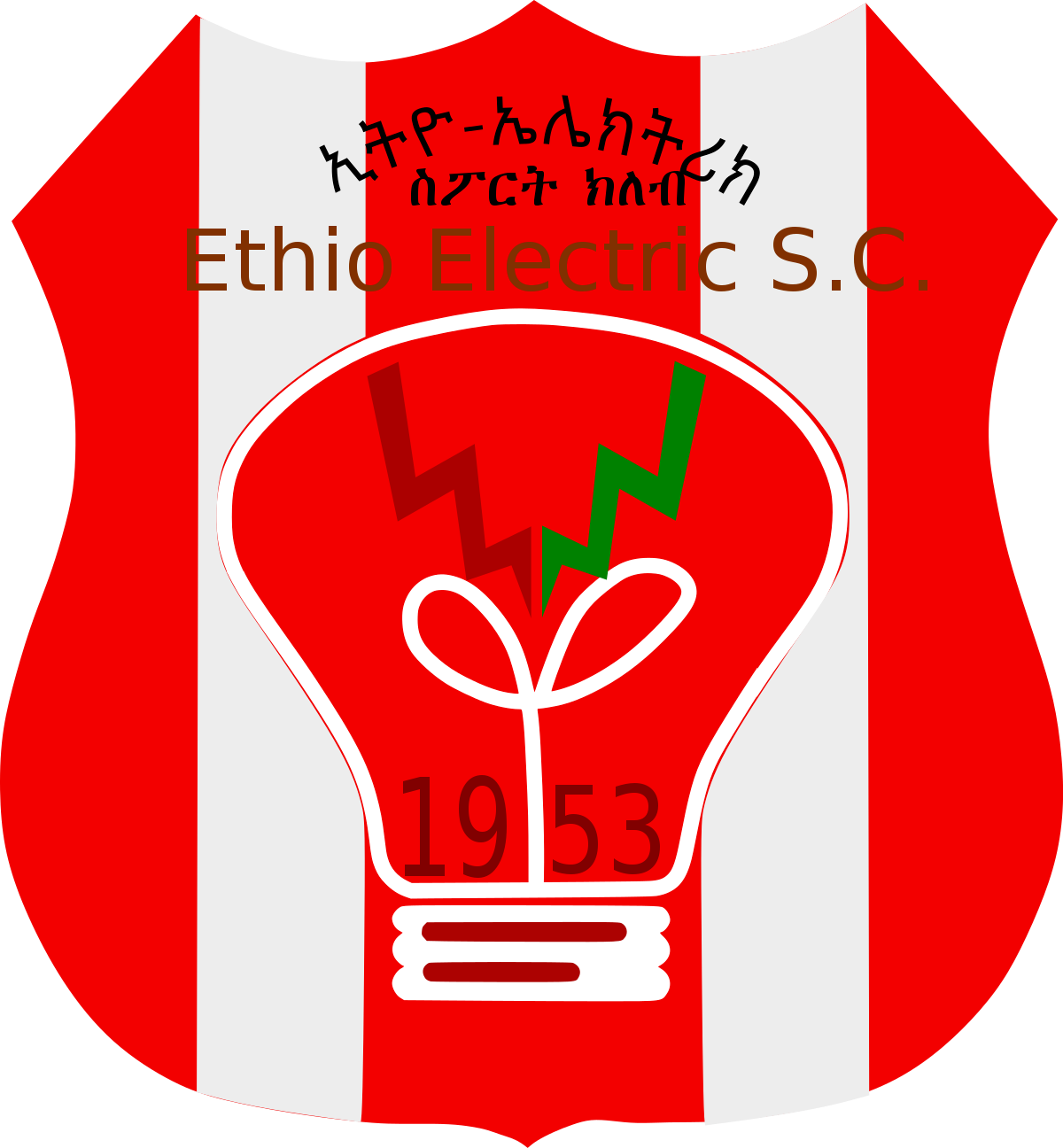
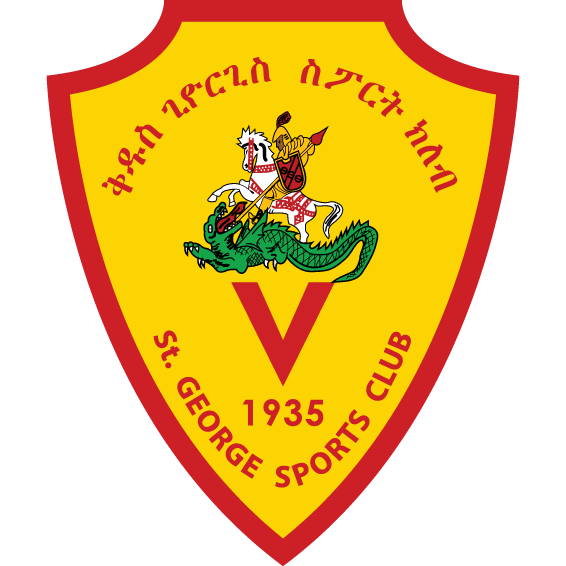











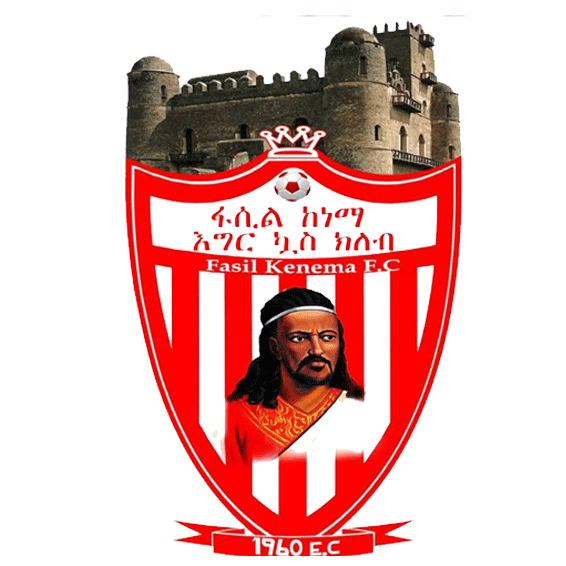
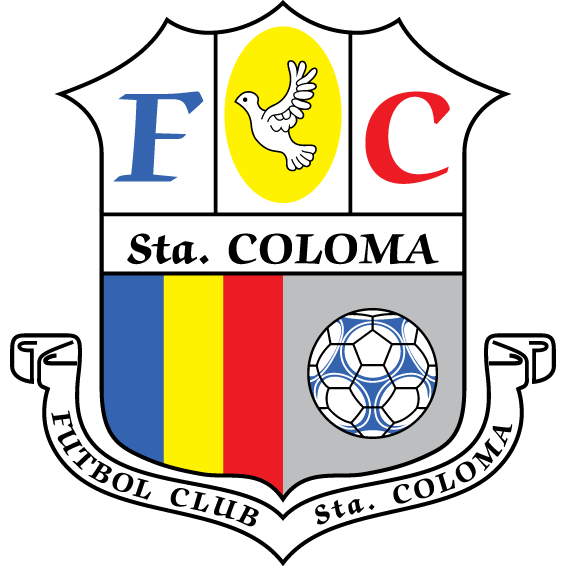




























There are no comments yet. Be the first to comment!